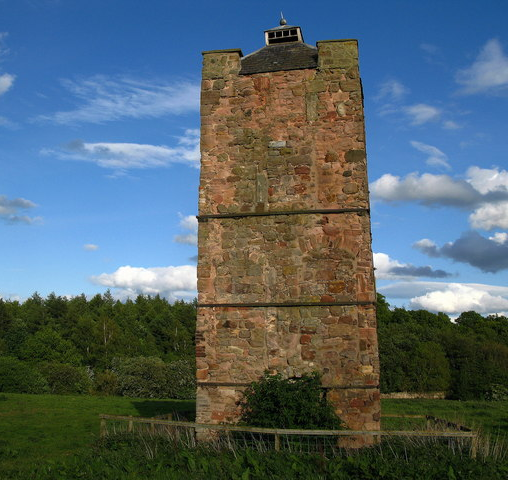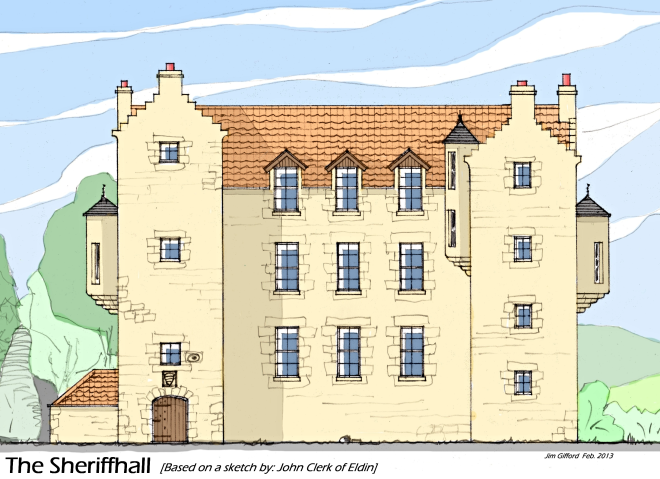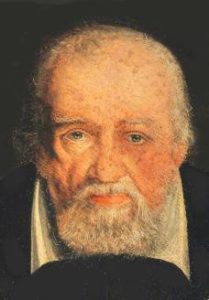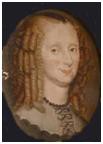

Approximately six miles south of Edinburgh, in the parish of Newton, stands a dovecote which has been formed from the stair tower of the old manor house of Sheriffhall, a great stone house of two large wings and a central block, ornamental with ‘pepper-pot’ turrets and crow step gables, built of local sandstone and basalt. This ‘Jaco-bethan’ styled mansion stood on high ground, adjacent to the lands of Dalkeith Castle, and overlooked the main thoroughfare between Edinburgh, Dalkeith, and the road to the borders. Above the main entrance was a carved stone plaque, which would have contained the family coat of arms, and just below there is a ‘gun-loop’, with another just round the corner to ward off enemies and unwanted guests. The ground floor of this mansion would have consisted mainly of a large meeting hall, for as it’s name suggests, it’s owners in olden time had been Sheriffs of Edinburgh and nearby Musselburgh-shire. Dr. Milne in Gaelic names in Midlothian, gives a Gaelic origin to the name, ‘Coill sear abh’ or ‘Hill of Dark Water’.

The first known owners of Sheriffhall were an old Midlothian family, the Giffords, who possessed it for over three centuries. They are said to have had for their progenator Hugh Gifford, a younger brother of William Gifford of Yester, and bore their arms “gules, three bars ermine within a bordure argent.” In the middle of the 15thcentury, Alexander Gifford of Sheriffhall figures in many of the local charters of the time.
James Douglas, 3rd Lord of Dalkeith, son of Princess Elizabeth Stewart, married Elizabeth Gifford, and in 1452, when his mind became ‘unhinged’, James Gifford of Sheriffhall was made his ‘gubernator’, and in case of his death, the office would pass to his two brothers, John and William Gifford. Two other brothers, Sanders and Patrick Gifford are frequently mentioned along with their cousin, ‘Alexander Gifford rector, de Newlandis et Mailvin’ in connection with the surrounding district.
In 1485, ‘James Gifford, Laird of Sheriffhall, is forfeit of all his lands and property for the crime of treason; for siding with the Duke of Albany against the King, James III, and for befriending the English Herald ‘Bluemantle’. But the Giffords did not lose their hold on the estate and it passed unscathed in succession after the time of the ‘Rebel Laird’, the family being in the same flourishing condition as formerly.

It is said that George Buchanan, when keeper of the Privy Seal, resided at Sheriffhall to be near the Earl of Morton, Regent of Scotland, whose seat was Dalkeith, and while he was there, wrote a portion of his famous History of Scotland.
In 1566 David Rizzio, secretary to Mary Queen of Scots, was brutally murdered in Holyrood House, being stabbed no less than 56 times. In an account of the murder by Lord Ruthven, one of the main culprits James Gifford of Sheriffhall is named, along with two other Giffords, William and John and many Earls, Lords, etc, of high Scottish rank, as being one of the main perpetrators in this ‘vile and treasonable slaughter’ of umquil David Rizzio. The next year, 1567, John Gifford is in Shetland as a Writer and Public Notary, no doubt to escape punishment, as Scottish law did not apply in Shetland at that time. John went on to be progenator of his own dynasty of Shetland Giffords which lasted until the end of the 18th century. At the end of the 16th century, James Gifford was Laird of Sheriffhall, and Margarete Home was his spouse, but a few years after the beginning of the 17th century, the Giffords began to convey their patrimonial lands to James Buchanan and shortly after 1623, Sheriffhall passed away to it’s new family.
James Buchanan died in 1628, leaving two sons, Henry and John, the second of whom succeeded to the estate. He, in turn, sold it in 1631, to John Stirling, son of William Stirling of Auchyle. Stirling held the estates for less than a year, conveying them to William, Earl of Morton, before 1632, when they were erected as a Barony, and he in turn, sold them along with Dalkeith, to Francis, 2nd Earl of Buccleuch in 1642.
Though Sheriffhall, by this purchase, ceased to be a separate Lairdship, the house was not at once abandoned, being reserved as the ‘Dower House’ for Lady Margaret Leslie, widow of Earl Francis of Buccleuch. She was first the widow of Lord Balgonie, and was a lady of high birth and possessed, as her portrait in Pinkie House shows, much beauty of the ‘Restoration’ type. She had three daughters, the second of them, Lady Margaret Scott, died at Sheriffhall in the winter of 1652.

Also in 1652, when the Cromwellians took possession of Dalkeith, the ‘muniments’ were conveyed from the Bass Rock, where they had been placed for safety, to Sheriffhall, and at this house in 1653, the Countess of Buccleuch was married to her third husband, David, Earl of Wemyss. The two heiresses of Buccleuch, Countess Mary and Duchess Anna, the surviving daughters of Lady Wemyss, both spent a large part of their youth at Sheriffhall.
In the ‘Scots of Buccleuch’, to which all historians of the district are so much indebted, is given an inventory of Dalkeith and Sheriffhall in 1661, which notes Sheriffhall to contain two portraits, one of Earl Walter and, the other his son David. The same work tells us that in 1663, when the Earl of Rothes was made Commissioner for Charles II to the Scottish Parliament, Dalkeith and Sheriffhall were divested of their furnishings in order to make ready Holyrood House for his residence.
Shortly after this period, Sheriffhall ceased to be a separate residence of the Buccleuch family, and the old house fell into gradual disrepair. Part of the original house, which has witnessed the feuds of the Giffords and the disuse of their successors, still exists, namely the tower. But the place where George Buchanan wrote Herco Polemical works, where the Buccleuch Countess was married, has been altered and diminished to a doo’cot and is now, in the 21st century, the habitat of the peaceful dove.
Jim Gifford,
Greater Liberton History Group
January 2014
Sources: The Dalkeith Advertiser – 21st September 1893 – unknown author.
Old Dovecotes in and around Edinburgh – A. Niven Robertson.
Lord Ruthven’s Account of the Murder of David Rizzio – 28th March 1565.